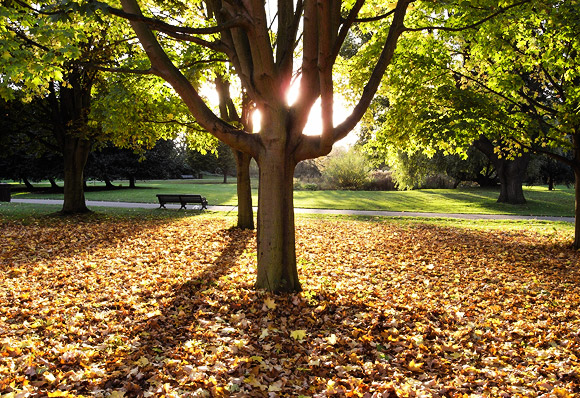
Autumn has long been my favourite season – I just love it when the leaves turn golden brown, the sun goes low in the sky and the nights start drawing in – but I’ve never actually worked out when it officially begins in the UK.
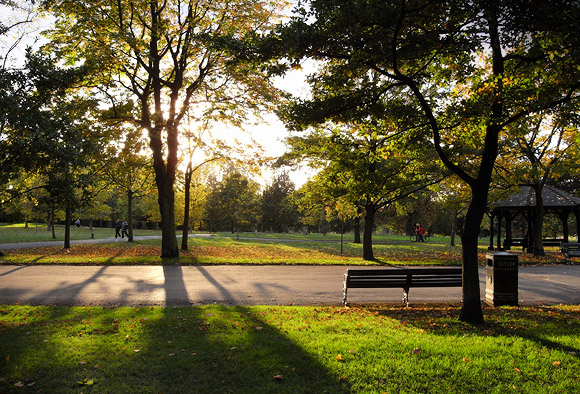
[Regents Park, London Oct 2007]
I’ve always thought that Autumn started somewhere in October, but others have been quick to point out that it’s marked by the Autumn equinox near the end of September.
But September still feels like Summer to me.
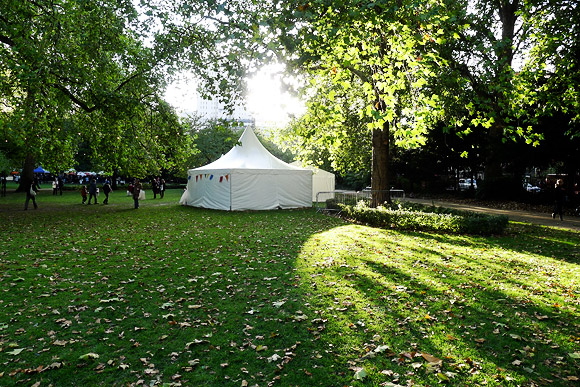
[Russell Square, London October 2010]
Wikipedia doesn’t make things much clearer either:
Autumn is one of the four temperate seasons. Autumn marks the transition from summer into winter usually in September (Northern Hemisphere) or March (Southern Hemisphere) when the arrival of night becomes noticeably earlier.
The equinoxes might be expected to be in the middle of their respective seasons, but temperature lag (caused by the thermal latency of the ground and sea) means that seasons appear later than dates calculated from a purely astronomical perspective. The actual lag varies with region.
Some cultures regard the autumnal equinox as “mid-autumn”, others with a longer lag treat it as the start of autumn
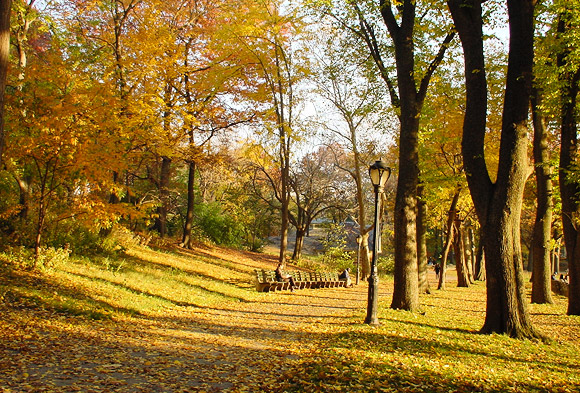
[Central park NYC, November 2002]
So, when does Autumn officially start? Or is there no such thing as an ‘official’ start to the season?
Add your thoughts below, or join in with the very lively discussion about this on our bulletin boards.
Here’s what the Met Office says:
So the Summer begins around the Summer Solstice, when daylight hours are at their longest (around 21 June), and ends around the Equinox, when days and nights are of equal length (around 21 September, on 22 September this year).
Thus astronomical Autumn begins, continuing until the Winter Solstice, when daylight hours are at their shortest (around 21 December), and so on. Astronomical seasons therefore are about three weeks behind the meteorological ones.
One thing both methods have in common is that the dates are fixed by the calendar and don’t take into account what is actually happening in nature, which is after all how most of us understand the notion of seasons.
So comes the third method, which is based on phenology – the process of noting the signs of change in plant and animal behaviour.
In this distinction, Autumn may be deemed to have arrived at the first tinting of oak or beech trees, the appearance of ripe sloes or elderberries and the arrival of winter migrant birds such as redwings and fieldfares. Winter begins when native deciduous trees are bare, and so on.
More: When does autumn really start? (Telegraph)

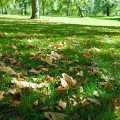
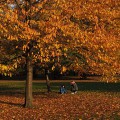





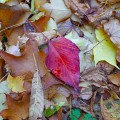



Is it after all the spiders have died? 😉
Autumn in northen hemisphere officially starts at equinox on 21st September
when day and night are equal
When the Lido closes 😉
I’ve always divided the seasons up like this:
Spring: March, April, May
Summer: June, July, August
Autumn: September, October, November
Winter: December, January, February
I like that. Neat, precise . . . and what I have always believed for 69 years, at least.